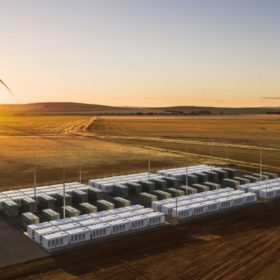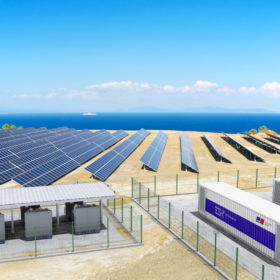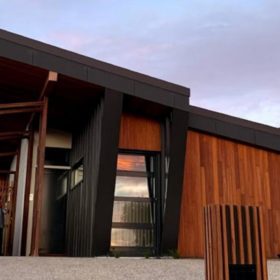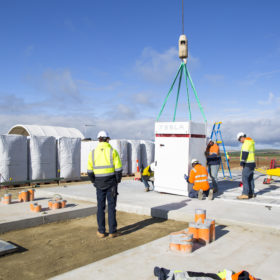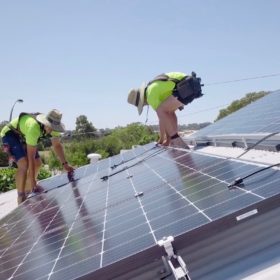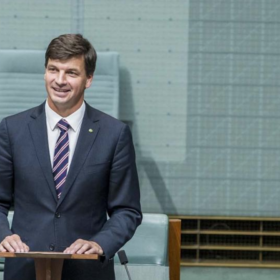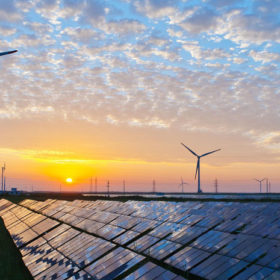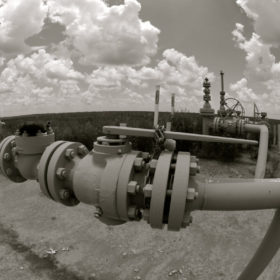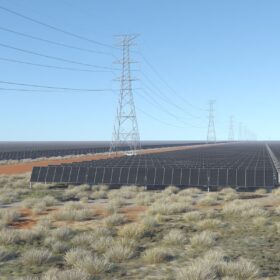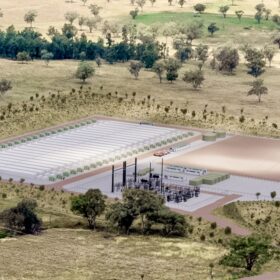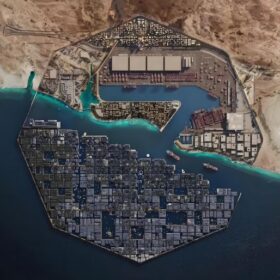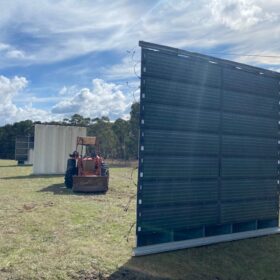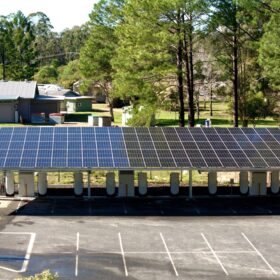Goyder Renewables Zone off to a capital start as ACT charges up two big batteries
The forecast for the ACT is two big batteries and gale-force winds as the territory’s Government awarded two considerable contracts in its latest ‘reverse auction’, including a 14-year contract with Neoen, the first for its massive Goyder Renewables Zone.
Solar-plus-storage for the Cook Islands
Around 4.2 MWh of energy storage capacity will be connected to a solar and diesel micro-grid on Rarotonga, the largest of the islands in the South Pacific nation. Three 40-foot containers with a total power output of 4.8 MVA will be used as a power reserve and for grid support by utility Te Aponga Uira.
Forget 7-star luxury, Adelaide is now home to a 10-star sustainable home
South Australia’s first ten-star home was completed last month, a home that consumes twenty times less energy than the average Australian household, in part thanks to its Fimer React 2 solar hybrid system.
Neoen completes Hornsdale big battery expansion
The 50% expansion of Neoen’s Hornsdale Power Reserve, otherwise known as the Tesla Big Battery, has been successfully completed. If testing of the upgraded battery goes well, Hornsdale could begin to function with an expanded remit of synthetic inertia services, a capability which could have significant impact on regulatory changes.
WA launches new solar buyback scheme, encouraging panel orientation, batteries, and EVs
The Western Australian Government has launched its new Distributed Energy Buyback Scheme, a way for homes, schools, and not-for-profits with rooftop solar, energy storage, and even electric vehicles (EVs) to earn some money back from the surplus energy they export to the grid.
Taylor sets out to sabotage CEFC
Energy and Emissions Reduction Minister Angus Taylor is set to expand the remit of the Clean Energy Finance Corporation to allow it to invest in gas generation. The move, which is so counter-productive that it resembles sabotage, has sparked waves of disapproval from around the nation, led by the Clean Energy Council.
Distributed and large-scale renewables improve reliability outlook for Australia’s main grid
The reliability of Australia’s power supply has improved driven by the addition of new solar and wind capacity, making summer blackouts less likely, the Australian Energy Market Operator finds in its latest report. In light of the aging coal fleet and scheduled plant closures, timely commissioning of new generation, storage and transmission investment will be critical.
APY Lands set for solar and battery transition
The South Australian Government has announced a $9 million investment towards the transition of Anangu Pitjantjatjara Yankunytjatjara Lands from diesel reliance to the self-reliance of solar and energy storage. The contract is good news for one of the most continuously culturally fecund regions in the country.
Global green hydrogen project pipeline reaches 50 GW
International thinktank IEEFA says there are 50 viable green hydrogen projects under development with an estimated renewable energy capacity of 50 GW and the potential to produce 4 million tonnes of the fuel annually.
Meet Dan Sturrock, Aussie dad championing solar in our schools
Last month, Australian Parents for Climate Action’s Solar our Schools campaign published an Open Letter to Prime Minister Scott Morrison calling for solar and energy storage investment at every school and early childhood centre Australia-wide as part of the Covid-19 economic recovery. Today, pv magazine Australia sits down with Solar our Schools ‘Champion’ Dan Sturrock, a renewable industry professional leading the charge for solar uptake at his kids’ school in Sydney’s inner west.
